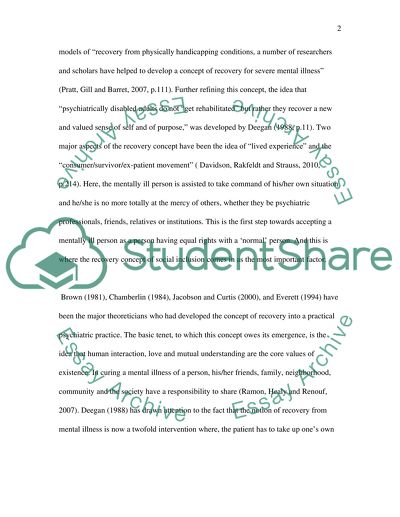Cite this document
(“Promoting recovery in mental health (case study) Essay”, n.d.)
Retrieved from https://studentshare.org/environmental-studies/1405158-promoting-recovery-in-mental-health-case-study
Retrieved from https://studentshare.org/environmental-studies/1405158-promoting-recovery-in-mental-health-case-study
(Promoting Recovery in Mental Health (case Study) Essay)
https://studentshare.org/environmental-studies/1405158-promoting-recovery-in-mental-health-case-study.
https://studentshare.org/environmental-studies/1405158-promoting-recovery-in-mental-health-case-study.
“Promoting Recovery in Mental Health (case Study) Essay”, n.d. https://studentshare.org/environmental-studies/1405158-promoting-recovery-in-mental-health-case-study.


